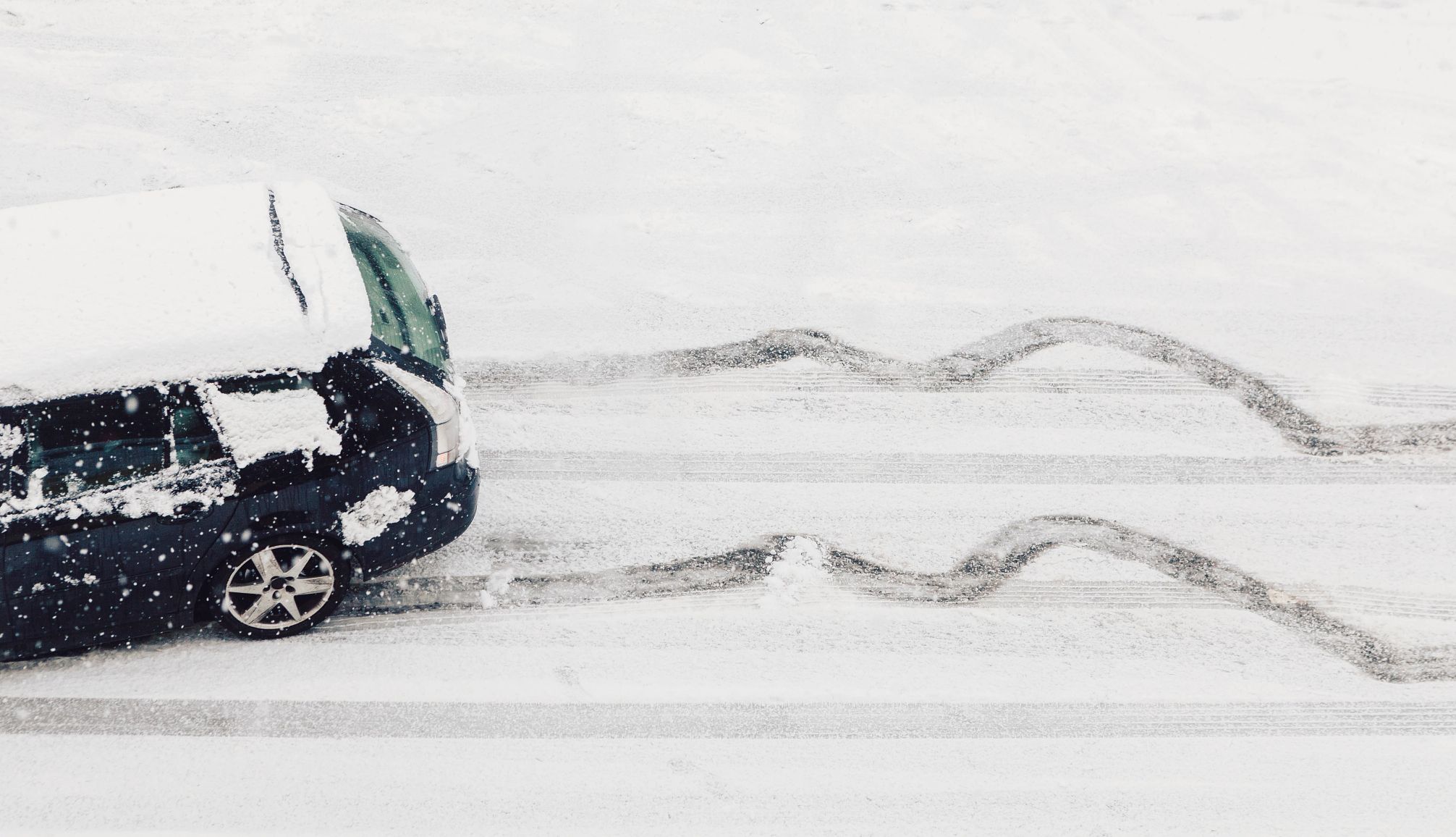AARP Hearing Center
Winter brings the holiday season and vacations. But it also brings cold weather and precipitation, which can make driving dangerous. According to the Federal Highway Administration (FHA), over 70 percent of Americans live in an area that receives more than five inches of snow annually. "Snow and ice reduce pavement friction and vehicle maneuverability, causing slower speeds, reduced roadway capacity, and increased crash risk," states the FHA.
That's why it’s important to be prepared for winter weather when you’re planning to hit the road — whether it's to the grocery store or on your way to visit friends or family.
Don’t drive if you don’t have to
When winter weather is present or imminent, consider the necessity of any trip. "If you don’t have to drive in it, don't," says William Van Tassel, PhD, manager of driver training programs for the American Automobile Association (AAA).
AARP Smart Driver™ course
Learn why you should take our safe driving course and you could earn a discount on auto insurance. Find a location.
"We live in a Zoom world," says Mike Austin, the executive editor of Road & Track, an auto magazine. "We’re more flexible to changing plans. If the weather’s bad, cancel, reschedule, or use video calling."
Local transport can also be an option. If it isn’t available in your area, Austin says, "Call your congressperson and say that you need more public transit."
Make sure your tires are winter-ready
Acceleration, braking, steering, and roadholding are all handled in the small rubber contact patch where the rubber literally meets the road. "It starts with the tires," Van Tassel says. "Your tires need to have a good tread and be properly inflated." Check tire wear by inserting a quarter into the tread, Washington’s hair, down; if you can see the top of George’s head, you need new tires. The correct air pressure is listed in the owner’s manual and the driver’s-side door jamb.
For winter, Benjamin Preston, auto reporter for Consumer Reports, recommends triple-peak-mountain-snowflake (3PMSF) rated all-weather tires, which provide superior cold weather performance than all-season tires, via a softer, more pliable rubber compound and grippier tread pattern. If your region sees significant snowfall, Austin adds, "it’s worth considering buying dedicated winter tires." Any tire shop can assist you with either option.
Get a pre-season checkup
Preston says it's important to get your other systems checked out too. "Replace your windshield wipers, if they’re over six months old," he says "and make sure your washer reservoir is full of wintertime fluid," which has a lower freezing point, and may contain deicing chemicals. He also recommends making sure your lights, braking, and heat/ventilation/air conditioning (HVAC) system works properly.







































































More from AARP
Collisions With Deer Increase at End of Daylight Saving Time
Scrapping the time change could reduce crashes, deaths of people and wildlife, study finds
Don’t Skip Out on Traditional Safe Driving Practices
Here are four reasons why you shouldn’t rely on high-tech devices in your vehicle
7 Best Practices for Driving on Wet, Rainy Roads
Use these driving techniques and focus on preparation to stay safe